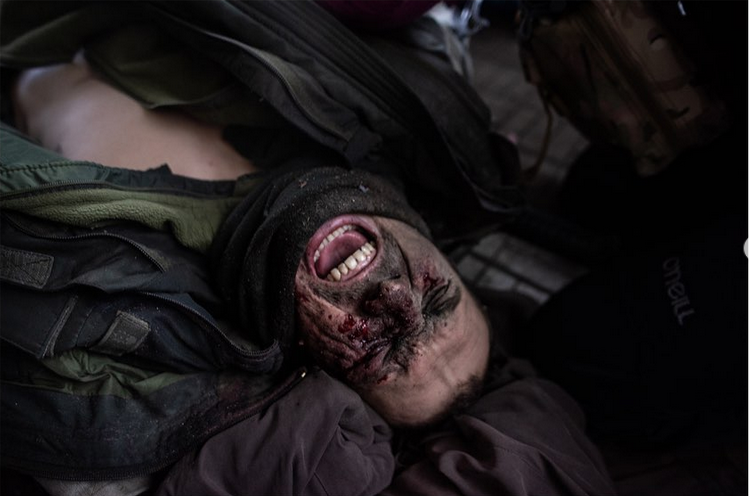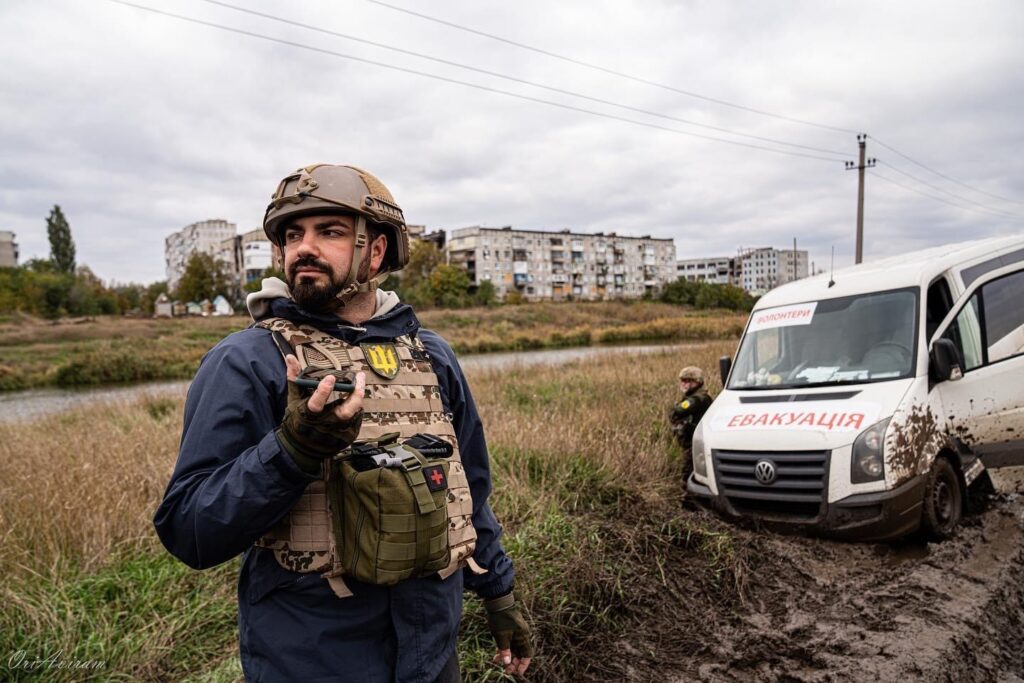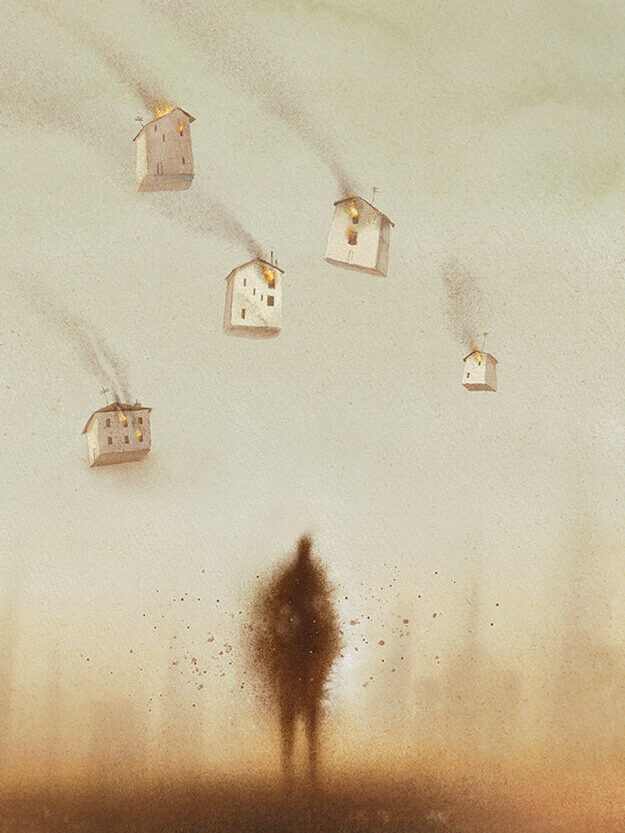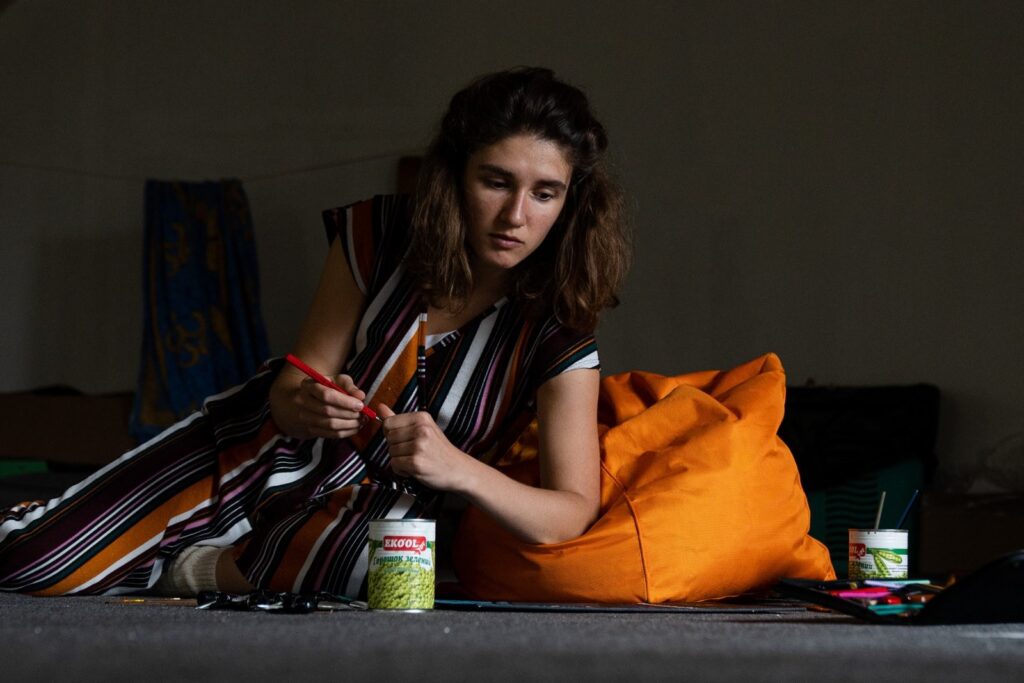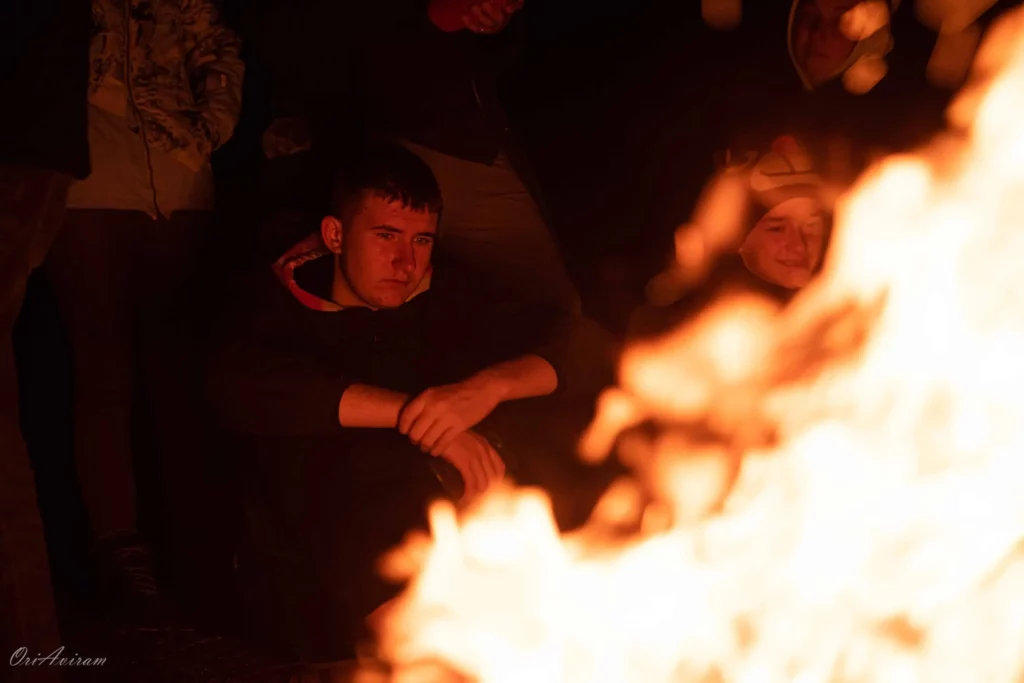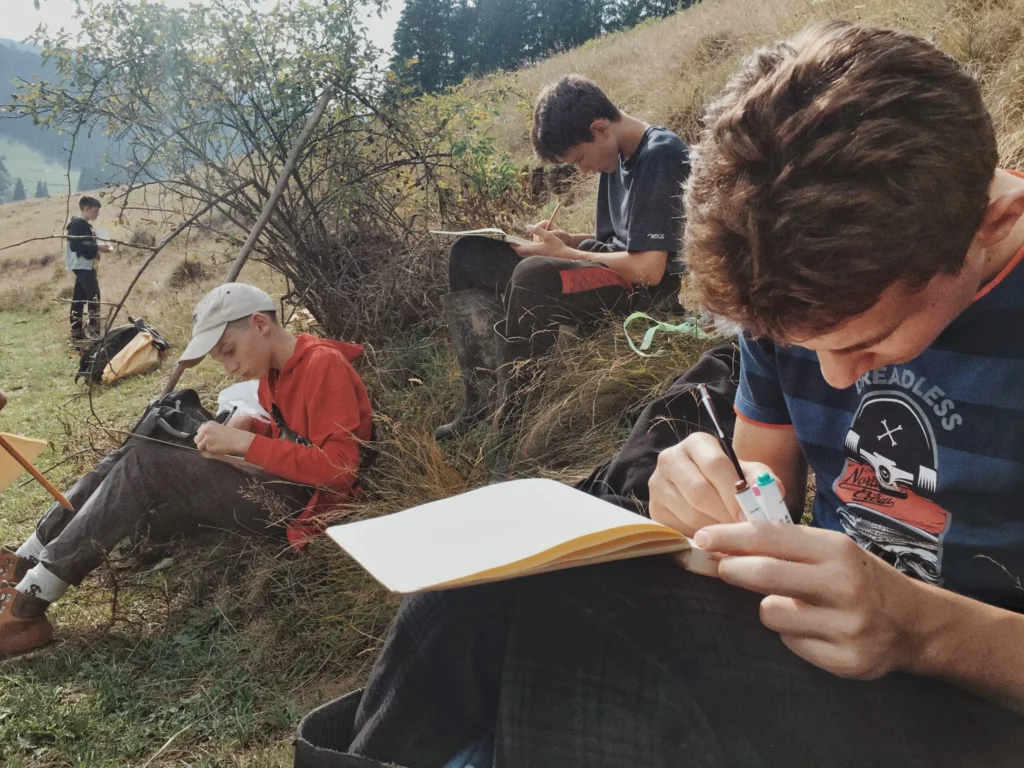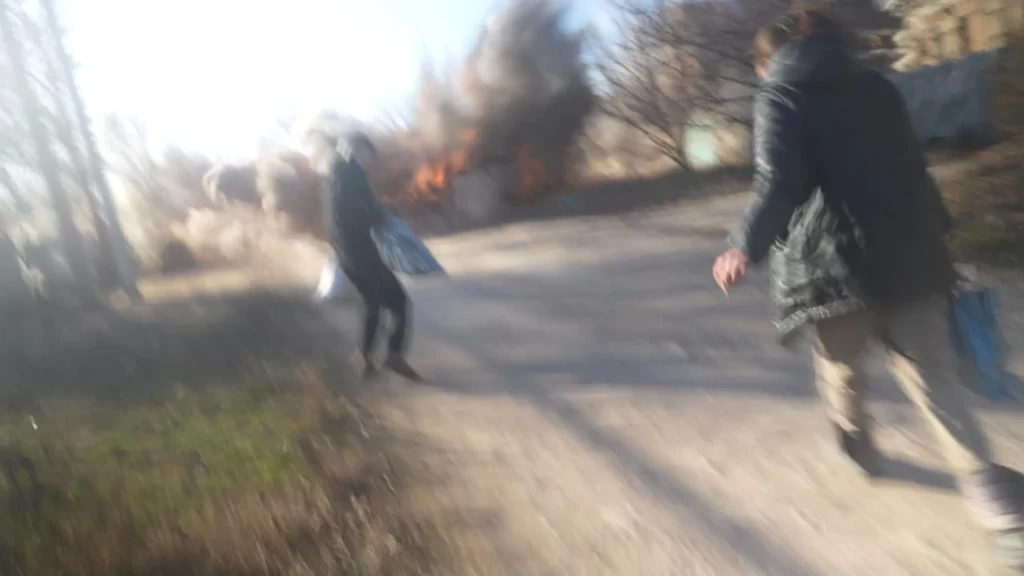Sometimes humanitarian work in Ukraine involves getting shot at. Sometimes it involves teaching art to refugee children. Both of them are part of the history of Russian imperialism in Ukraine.
Sadly, there is nothing new about the Russian war in Ukraine. The Russian empire has invaded and exploited its neighbor to the west since at least the 1600s. The four million deaths of the Holodomor of the early 1930s and the Stalinist purges of the Great Terror are known even in the West. But, we are much less aware of how often Russian violence has also been targeted against Ukrainian culture.
The “Russification”
Why would the Russians attack cultural activities? In a global context, Russian imperialism is unusual. Most empires target distant regions – the Spanish in South America, the British in Asia, the French and Belgians in Africa. In contrast, Russia has occupied and exploited its neighbors – Ukraine, Belorussia, Kazakhstan, Georgia, to name just the bigger ones.
Most empires impose their native language on the countries that they colonize. However, they do not typically try to wipe out the local ones. The Russian Empire is different: as a matter of policy, it has repeatedly tried to replace local languages with Russian. Historians have a word for it: “Russification.”

I have a plaque on my wall. It has a picture of a pretty girl, and the words лагідна українізація – “gentle Ukrainification.” There has been nothing gentle about Russification. In fact, it has at times taken on a savage violence. In particular, that violence has repeatedly been unleashed on those who dare to use the Ukrainian language as their canvas. For example, one study of Soviet attacks on Ukrainian writers during the Great Terror of 1936 – 1938 found that 228 of the 260 writers and poets active at the beginning of the 1930s were imprisoned, exiled, or executed. That generation of Ukrainian artists was known as the Red Renaissance. (Pro-Soviet writing did not save you – the “crime” was to write in the Ukrainian language.) Today, they are known as the “Executed Renaissance…”
>> Klick here if you Consider to donate
Burned Ukrainian Culture
Russian efforts to destroy Ukrainian culture go far back in history. In 1627, Tsar Mikhail ordered the burning of Ukrainian-language translations of the Bible. It was only the first of sixty legal prohibitions against the Ukrainian language. Those efforts continue today. As of May 2022 – just three months into the current phase of the war – nearly 4,000 Ukrainian libraries were in occupied territories, and 60 libraries had been damaged or destroyed.
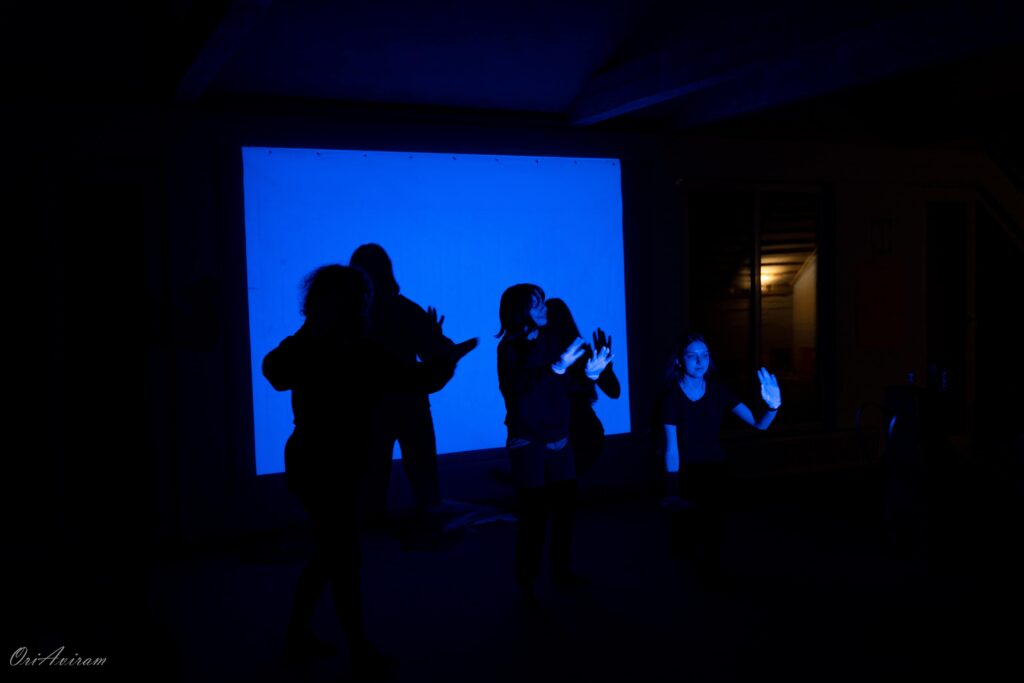
As the Ukraine Crisis Media Center put it at the time:
“In the temporarily occupied territories, russian troops are destroying not only the buildings housing libraries, but also Ukrainian books, including textbooks on history and Ukrainian literature. The so-called ‘military police’ confiscates Ukrainian fiction and historical literature from libraries in the Luhansk, Donetsk, and Kherson regions. Such actions of the aggressor violate Articles 4 and 5 of the Hague Convention for the Protection of Cultural Property in the Event of Armed Conflict. According to Article 8 of the Rome Statute of the International Criminal Court, this is a war crime.”
Today, Russian attempts to destroy the cultural life of Ukraine extend beyond libraries. The American Library Association cites the following numbers:
“According to UNESCO, as of May 29, 2022, 1,888 education institutions have suffered bombing and shelling and 180 had been destroyed completely; and as of July 4, 2022, 7 libraries, 71 religious sites, 12 museums, 30 historic buildings, 21 buildings dedicated to cultural activities, and 16 monuments had been damaged. This is, of course, in addition to the unconscionable loss of human life.”
And as for the libraries: by May 2022, 60 had been destroyed. By December 2022, over 300 public and university libraries had been destroyed.
Ukrainian artists have long worked “on the brink of the possible.”
Base UA continues in that spirit – even on the brink of the combat zone:
- We have run three sessions of an art camp for refugee children.
- We run sculpture workshops in Kramatorsk, within range of the newest Russian Grad rockets.
- Our visual artists use photography and other visual media to convey the horrors of the war, as well as its ability to inspire the best in humanity.
- Our documentary filmmakers do the same. (See the links below for some examples.)
Repression and suppression of Ukrainian culture has all too often focused on repression of the Ukrainian language; soon we will publish the first guide to the declensions of Ukrainian nouns for English speakers.
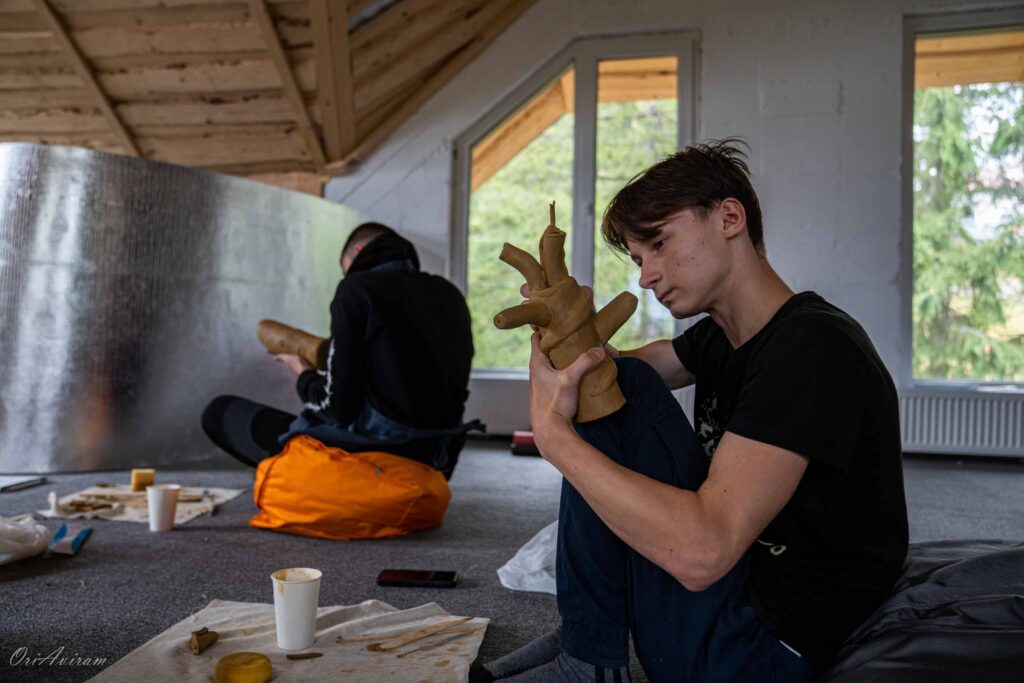
You can support our cultural activities. Donate here, and specify “Cultural activities” in the Message field. You will be “on the brink of the possible” with us.
Documentary films
by Base
Evacuation in Lysychansk
Summer Art Camp
Bakhmut: Shelling while Evacuation
Analyzing the Damage from an artillery strike
What it looks like when you shell a residential neighborhood
